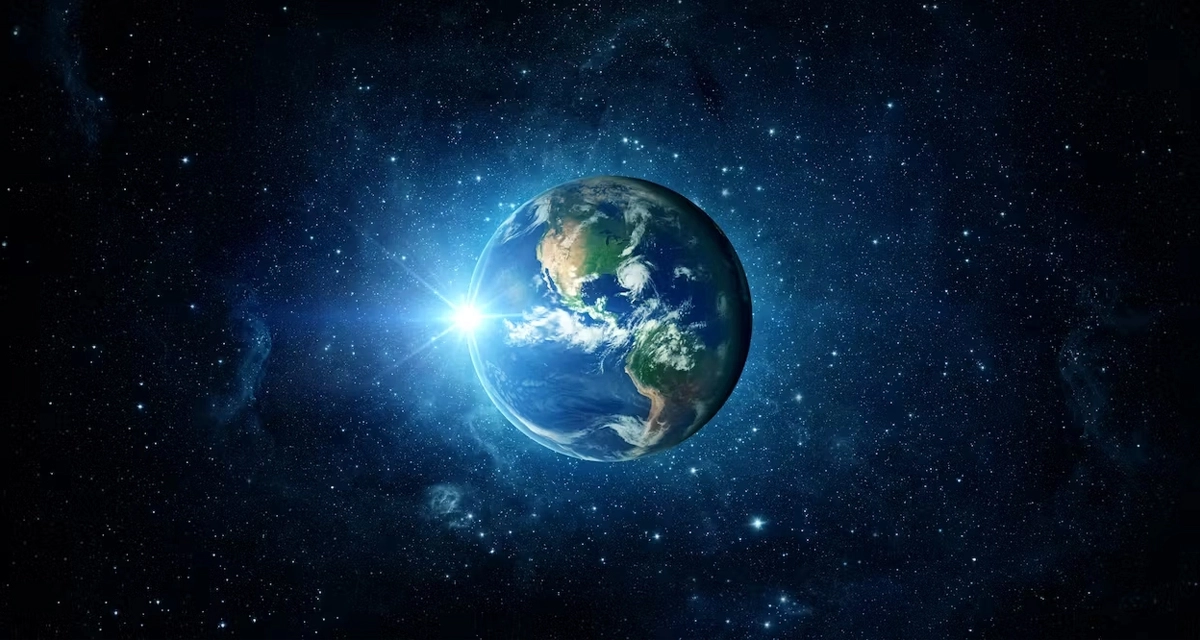The search for extraterrestrial life has just begun, but according to the achievements, encouraging results have been observed: there are many planets in the galaxies discovered in the universe that are very similar to our planet. But still, what is not discovered is beyond what has been discovered by mankind. Observations obtained from the earth and space and thousands of planets beyond the solar system confirm our statements. Our galaxy probably contains trillions of planets, but so far we have no evidence for the existence of advanced life or beyond life on Earth.
Is life in the universe easily formed and normal or extremely rare?
In the thousands of years that mankind has been thinking about the universe, we are the first people to know at least one thing for sure: the stars beyond our sun are full of planets. are. However, like many other scientific questions, the answer to this question definitely raises more questions. Which of these exoplanets have some kind of life? How fast can life start and how long does it last?
Among the trillions of planets, are we alone at home?
The earth, which was once known as the center of the universe, has undergone changes in the past few hundred years and has fallen from this title. But now, in the age of rapid discovery, we realize that Earth is probably only one of the trillions of planets in the Milky Way.
If we could see the very distant exoplanets – planets around other stars – that have been discovered so far, we would see them in different sizes, shapes and types, but even so, none of them have anything so far. No sign of life has been revealed.
However, the land is still outstanding and so far unique in its kind. Among the thousands of extrasolar planets – planets around other stars – that have been confirmed by NASA’s very powerful telescopes, and despite extensive explorations in the solar system, our planet is still the only planet that hosts life.
Nevertheless, the diverse and diverse forms of persistent and pervasive life on Earth, which can be seen in almost every corner of it, from the boiling and burning pools of Boston National Park to the dry canyons of Antarctica, seem to be signs of possible life. According to geological studies, it has started several hundred million years after the formation of the earth.
The search for life on other planets has just begun, but science has an encouraging answer. There are many planets in the galaxy, many of which are very similar to our planet. But again, what we do not know about this is more than what has been discovered.
Doug Hudgens, a scientist of NASA’s Exoplanet Discovery Program at NASA headquarters in Washington, noted that we tend to study and research planets that are similar to our planet and Earth. which we see now has not been and its appearance has changed over billions of years and gases, animals and plants have gradually entered the cycle of life over the years.
According to the observations of the presence of water and early signs of life on Mars and some planets in galaxies far away from the Milky Way by space telescopes and sent satellites, it is also possible that like the Earth, in Over the years, we can witness the signs of biological life of various organisms on planets that have signs of early life.
Searching for life
What we more or less know is that now we have confirmed more than 4000 exoplanets in our galaxy, about a fifth of them that are within the range of the Earth have a relatively better chance of discovering signs of life. What we know today is that the building blocks of life exist throughout the solar system and the world, and these signs include the presence of water. However, we do not know how quickly and easily life begins and how long this time lasts. Therefore, the more we move towards intelligent life, the more and more questions there will be.
The speed of life formation in other planets can exceed the speed of light or even at a slower speed than the speed of light. Our galaxy could easily be overrun by a space civilization in a few million years at a time. As the Milky Way galaxy is about 14 billion years old, while it took 4 billion years for technological intelligence to emerge on our planet. It should also be noted that there are many systems and planets of the same age as well as much older systems in our galaxy. Therefore, the hope of finding planets with vital signs and the existence of life in Earth-like planets is still very strong
NASA plans to deploy space telescopes, instruments, probes, landers, rovers and advanced technologies to other planets in the coming decades. The goal of this extensive research is to find a blue and white marble, or perhaps an orange marble, a living planet and signs of breathing.





